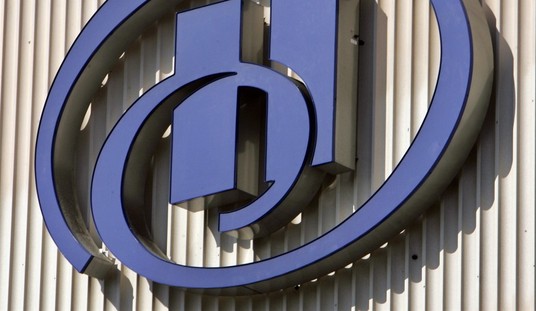Skip to 3:15 for the key bit. We’re 50 days removed from launch and Chao’s spent hours upon hours testifying about the website before Congress over the last few weeks. And somehow only now are we hearing about this.
Am I awake?
It's just mind-boggling. If the payment system isn't even built, how in the world did HHS or the WH think this thing could go live on Oct 1?
— Gabriel Malor (@gabrielmalor) November 19, 2013
Two things as you watch. First, note that Chao’s talking about the entire online exchange apparatus here, not the front end of Healthcare.gov where people sign up. The front end is in place and being repaired, he says. It’s the back end that … hasn’t completely been built yet. Second, it sounds initially like he says 60-70 percent of that back end is missing, but then he appears to correct that in the last minute or so. I’ll be conservative and assume it’s the later number that’s accurate. Regardless: How does the enrollment process work if the payment system hasn’t been finished yet? Remember, even if you’re one of the chosen few who managed to complete the sign-up process, your coverage doesn’t take effect on January 1 unless you make your first premium payment by December 15. You could make that payment directly to the insurer, bypassing the federal website entirely, but some segment of people won’t do that, whether because of absent-mindedness or their understandable assumption that payment should be made through the same site they used to enroll — i.e. Healthcare.gov.
It’s not just enrollees and insurers who are having trouble with payment either:
Add insurance brokers to the list of people stymied by HealthCare.gov…
Brokers say their clients are having trouble entering the right ID numbers in the balky website — and that’s what’s needed for the health plan to pay them…
In the chaotic days after the rollout of HealthCare.gov, many brokers were told by call center operators that they could not, or would not, enter a broker’s identification, or the “national producer number.” In other cases, the numbers seemed to be recorded — but then they got caught up in the problems with the corrupted “834” files that the exchanges send to the health plans with enrollment information.
Here’s the other part of this. One of the key points that O-Care critic Bob Laszewski has stressed all along is that the front end of Healthcare.gov shouldn’t be fixed until the back end is. The back end is where an applicant’s information, including payment information presumably, is transmitted to the insurer he signed up with. Because of the “834” problem mentioned in the excerpt above, much of the info received thus far by insurance companies from the federal website is garbled or incomplete. That problem is manageable, says Laszewski, as long as the number of enrollments is low; if there’s only a trickle of bad data flowing in, insurers may have the time and manpower needed to correct it piecemeal. If, however, the front end of the website is fixed and enrollments pick up precipitously, the trickle turns into a flood and suddenly insurance companies are overwhelmed with garbled data. Listening to Chao here, it sounds like CMS is setting itself up for precisely that problem — they’re desperate to finish the front end first in order to get “young healthies” on the rolls ASAP, but they haven’t even begun to build part of the back end of the site. How bad, exactly, are things on that back end right now? What happens if the White House convinces hundreds of thousands of people to sign up before December 15 and then their new coverage isn’t there for them on January 1 because of a catastrophic breakdown on the non-public part of the site? Even if the coverage is there, what about the payment of subsidies that lower-income people are relying on to make their coverage affordable?
Exit question via Philip Klein: “If — as per Chao — payment system still needs to be built, has anybody fully enrolled in Obamacare?”








Join the conversation as a VIP Member